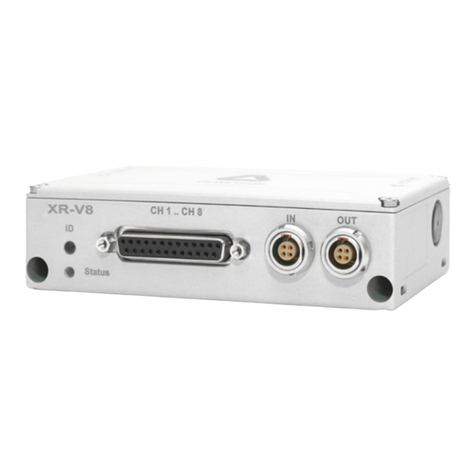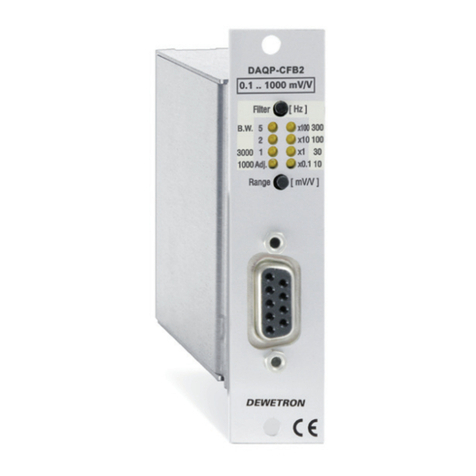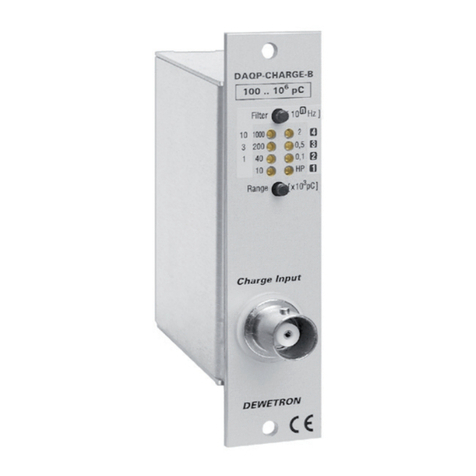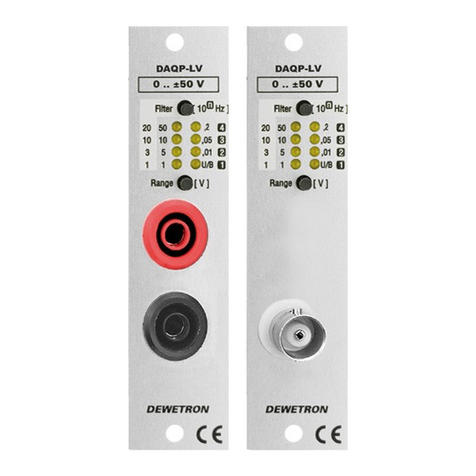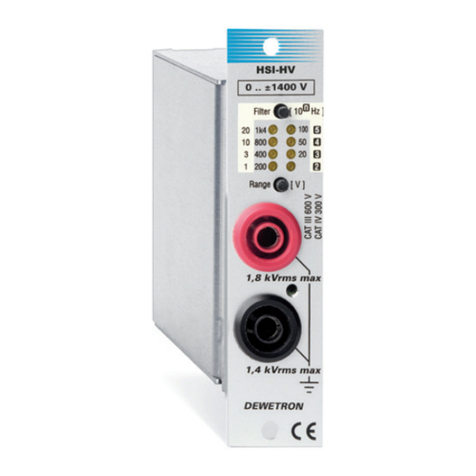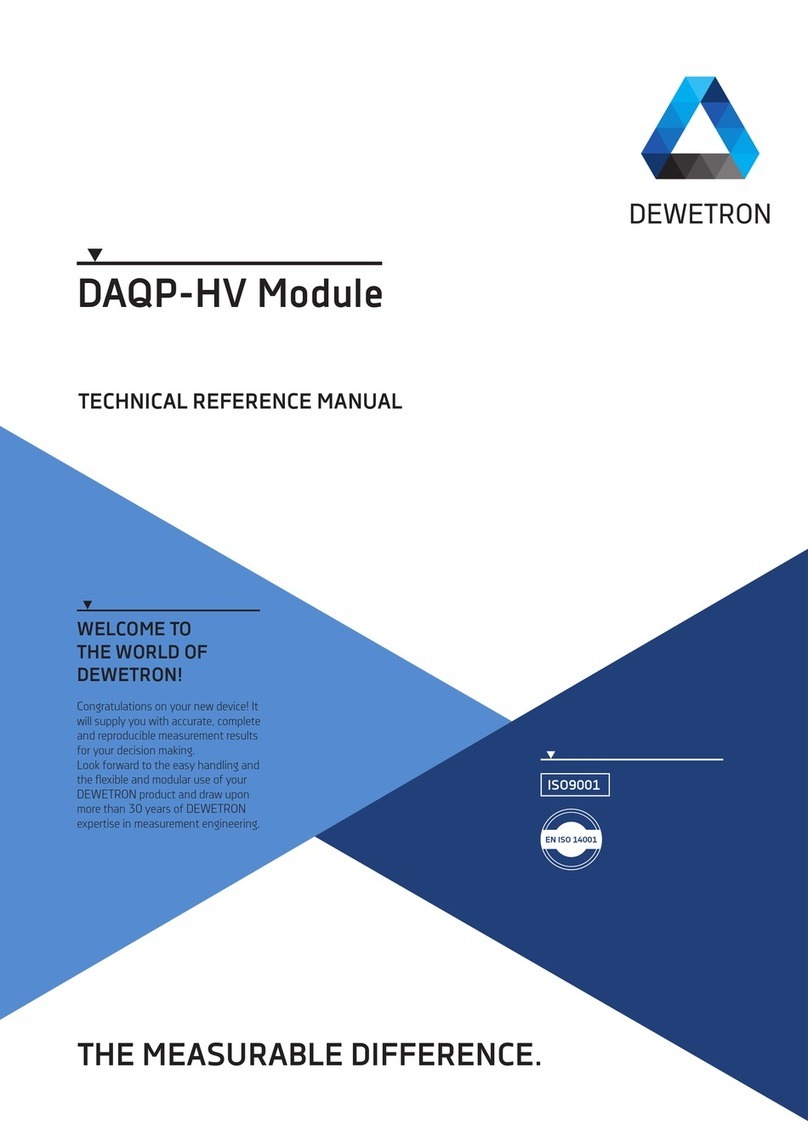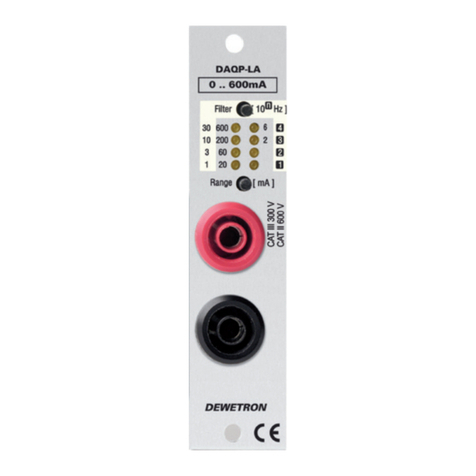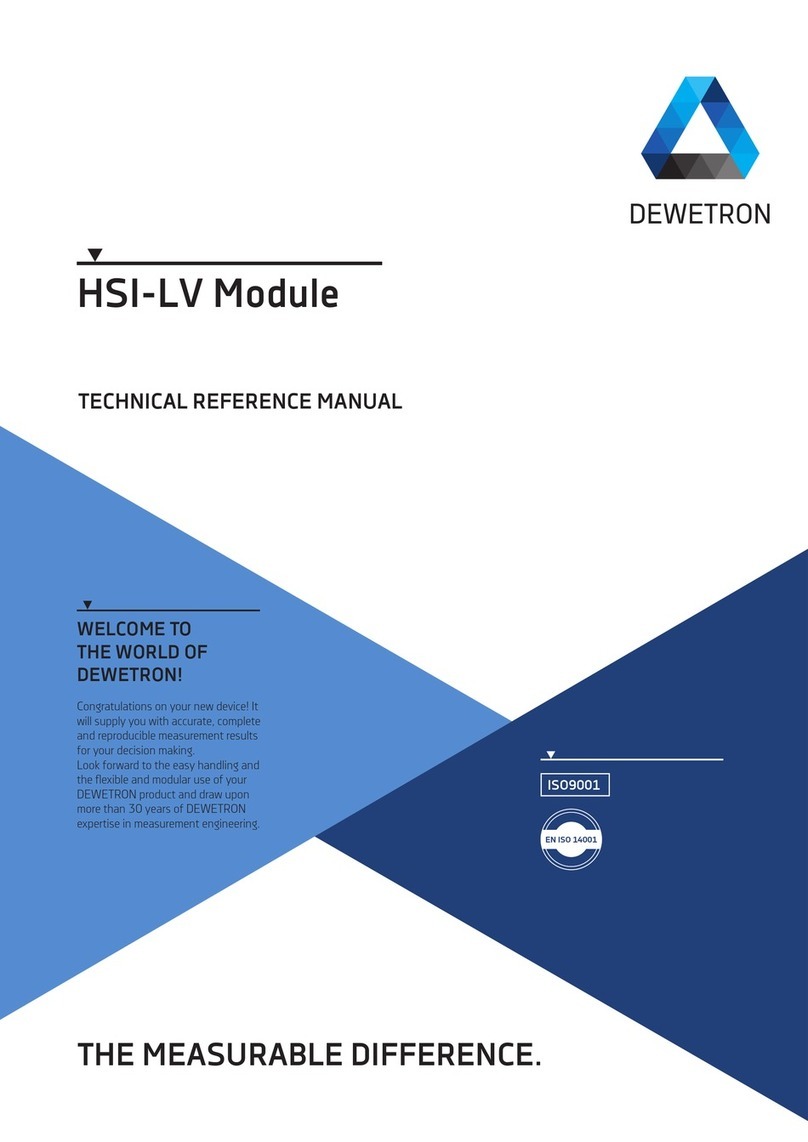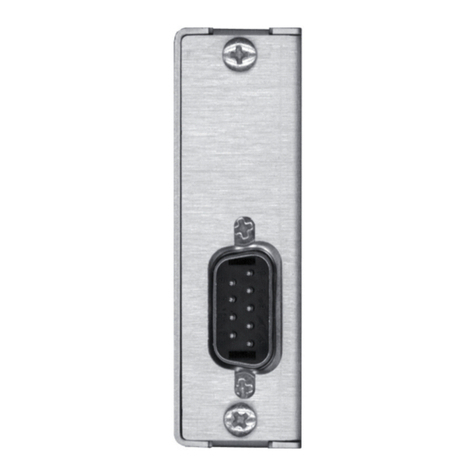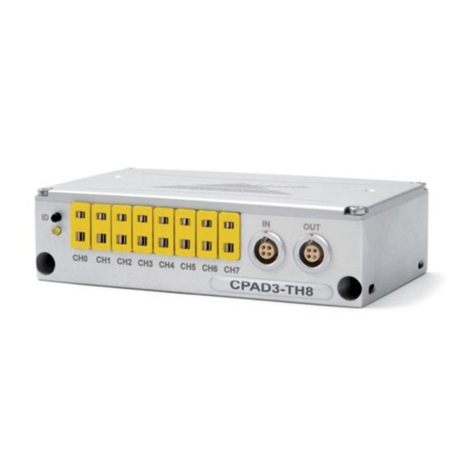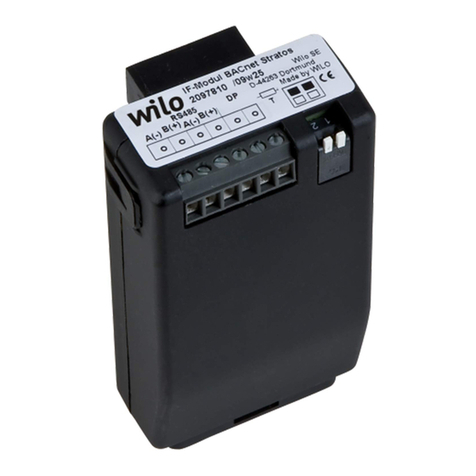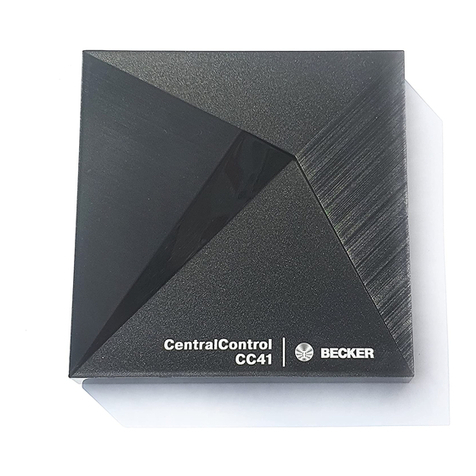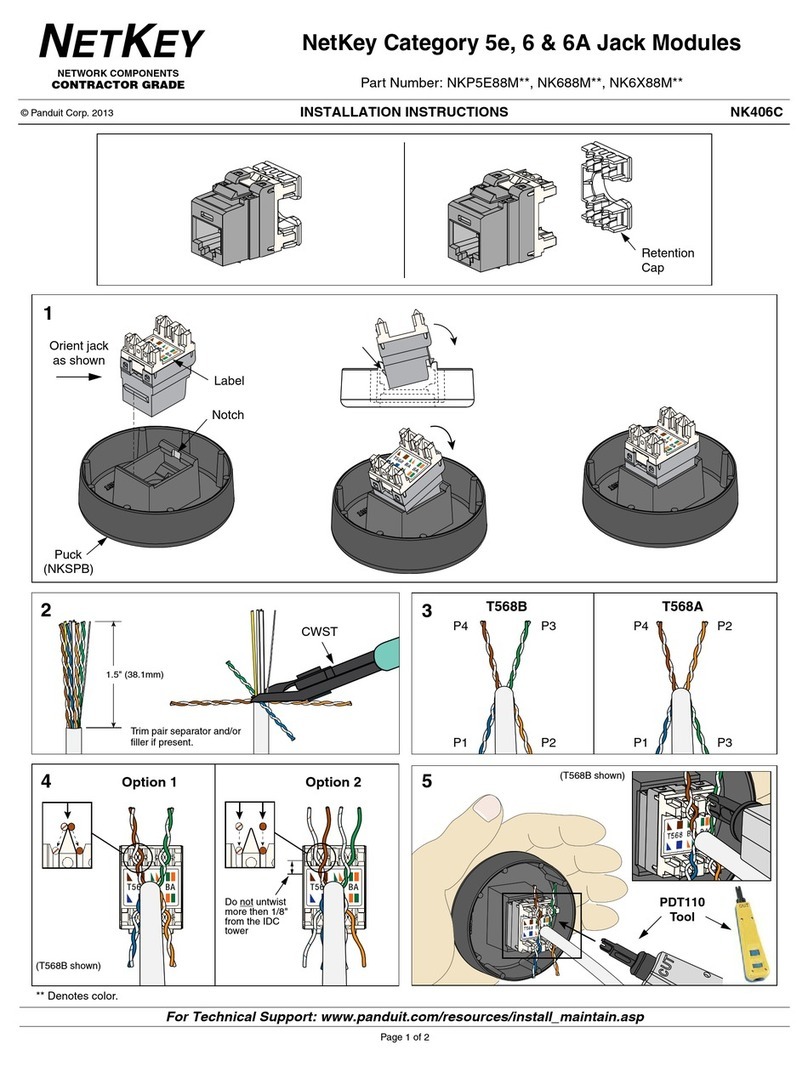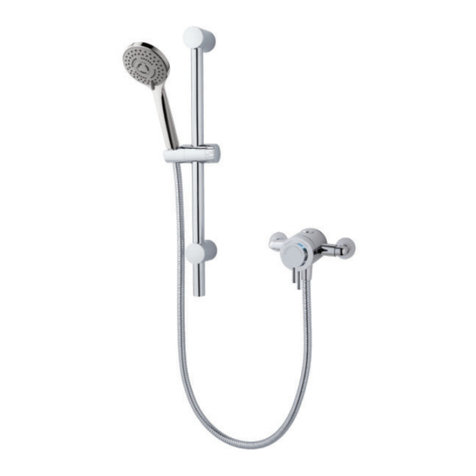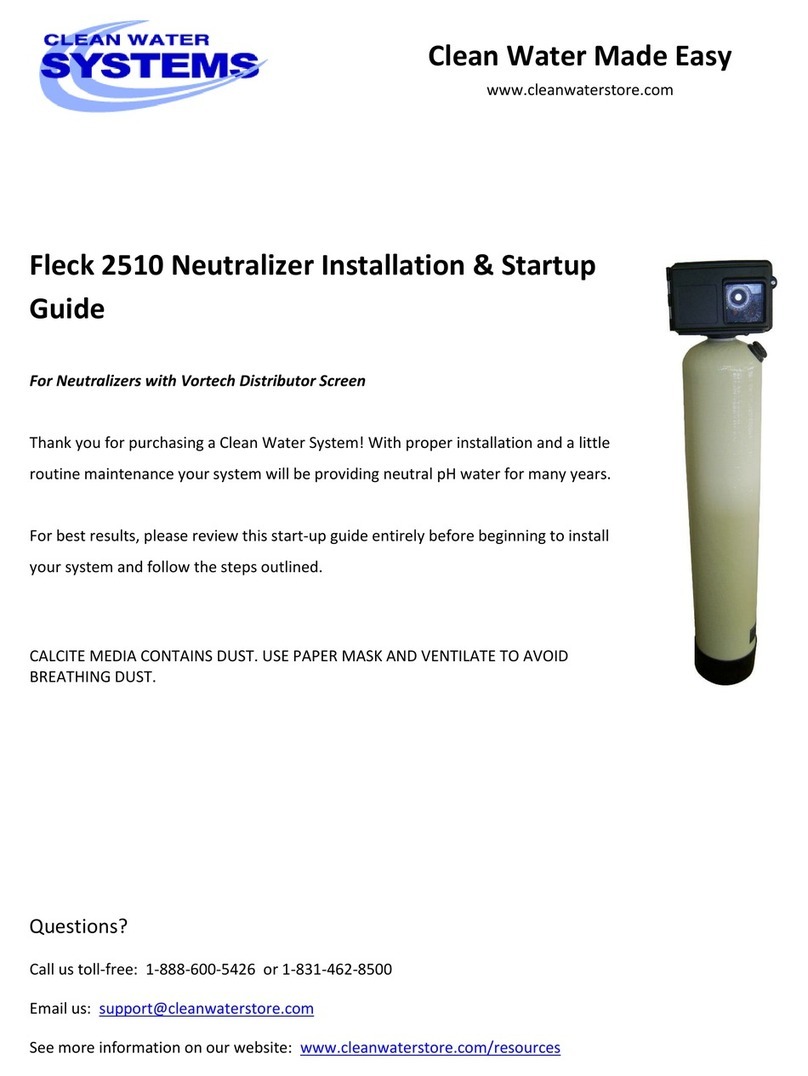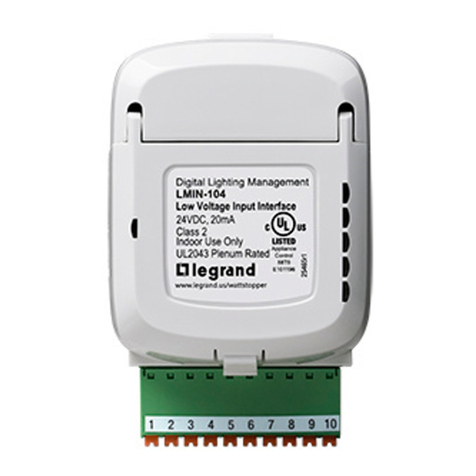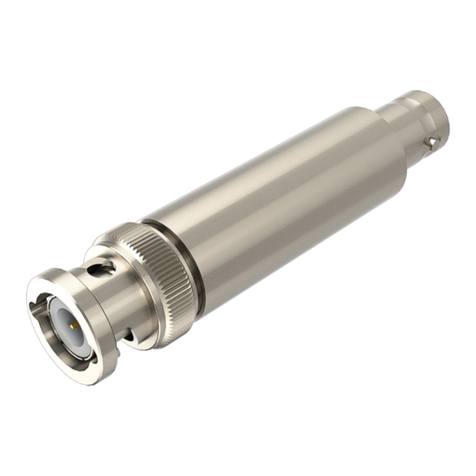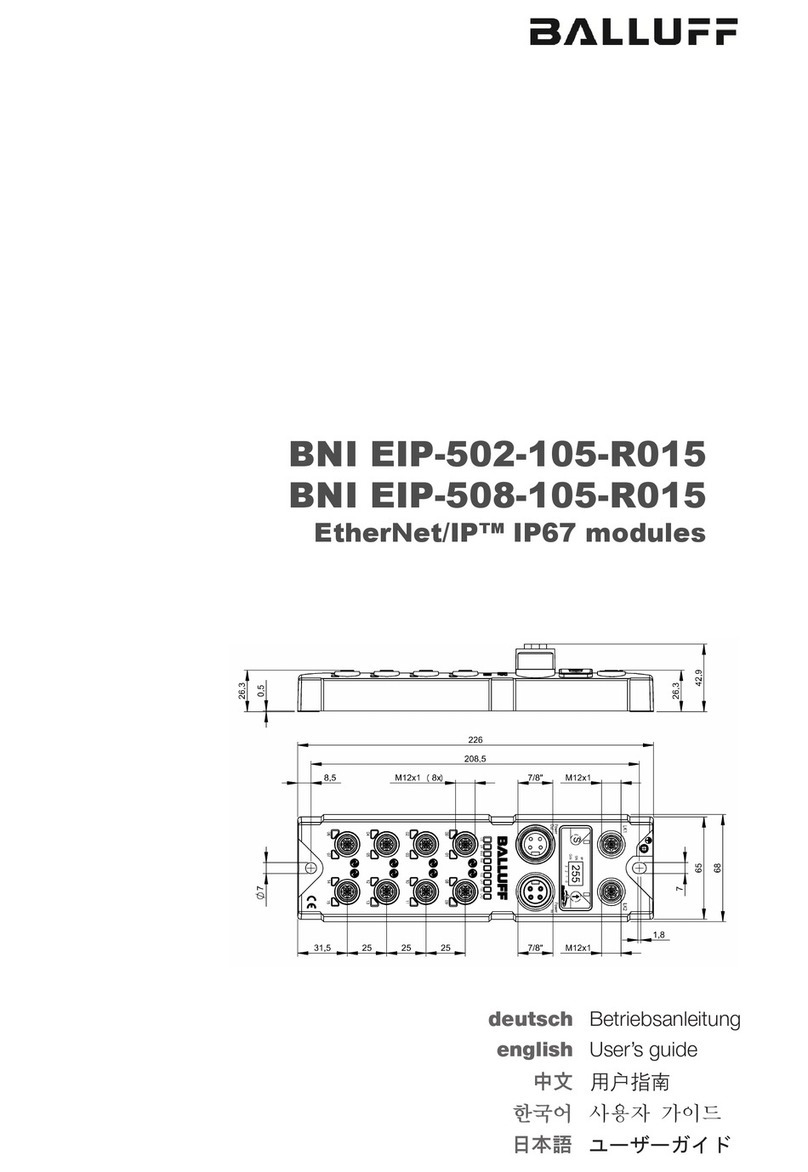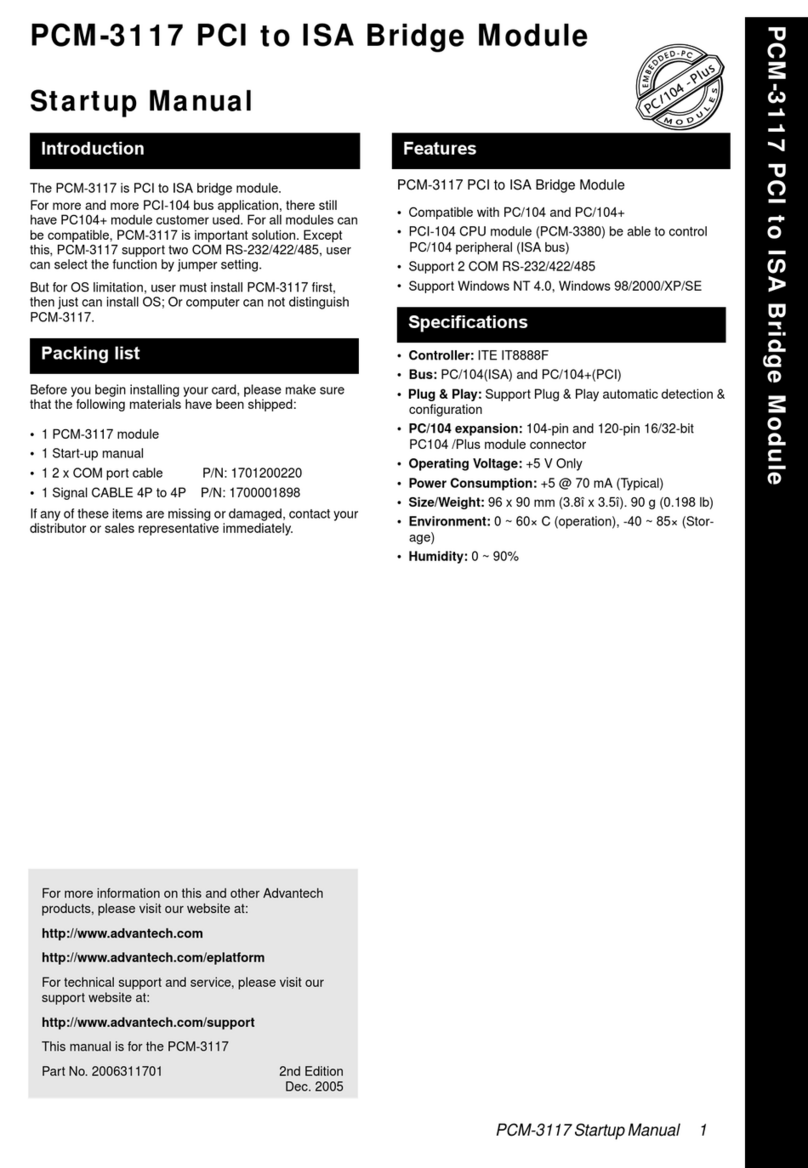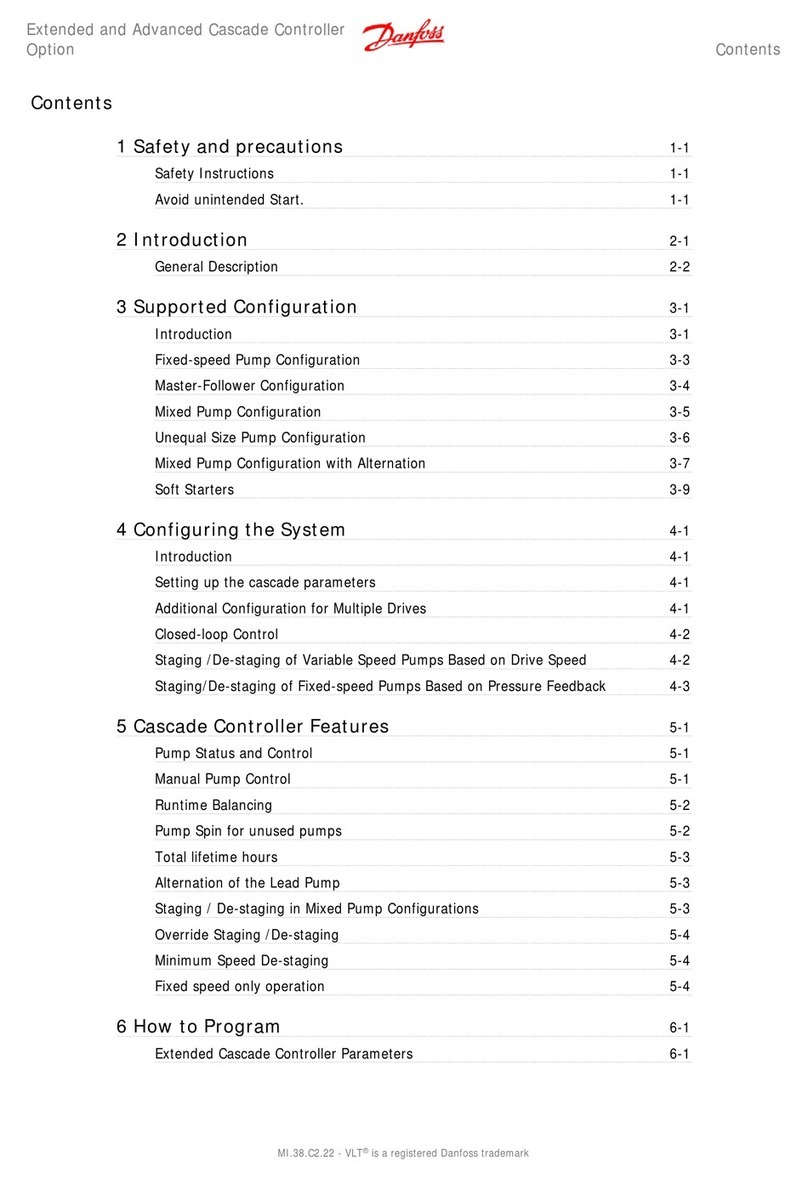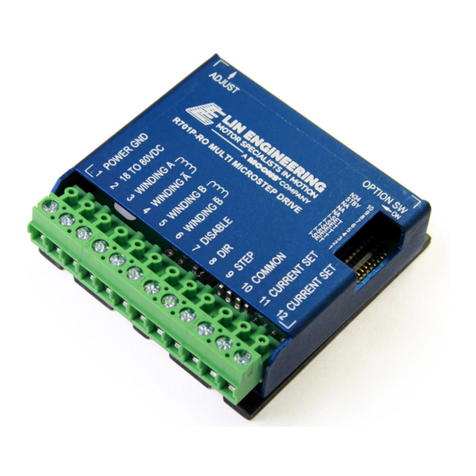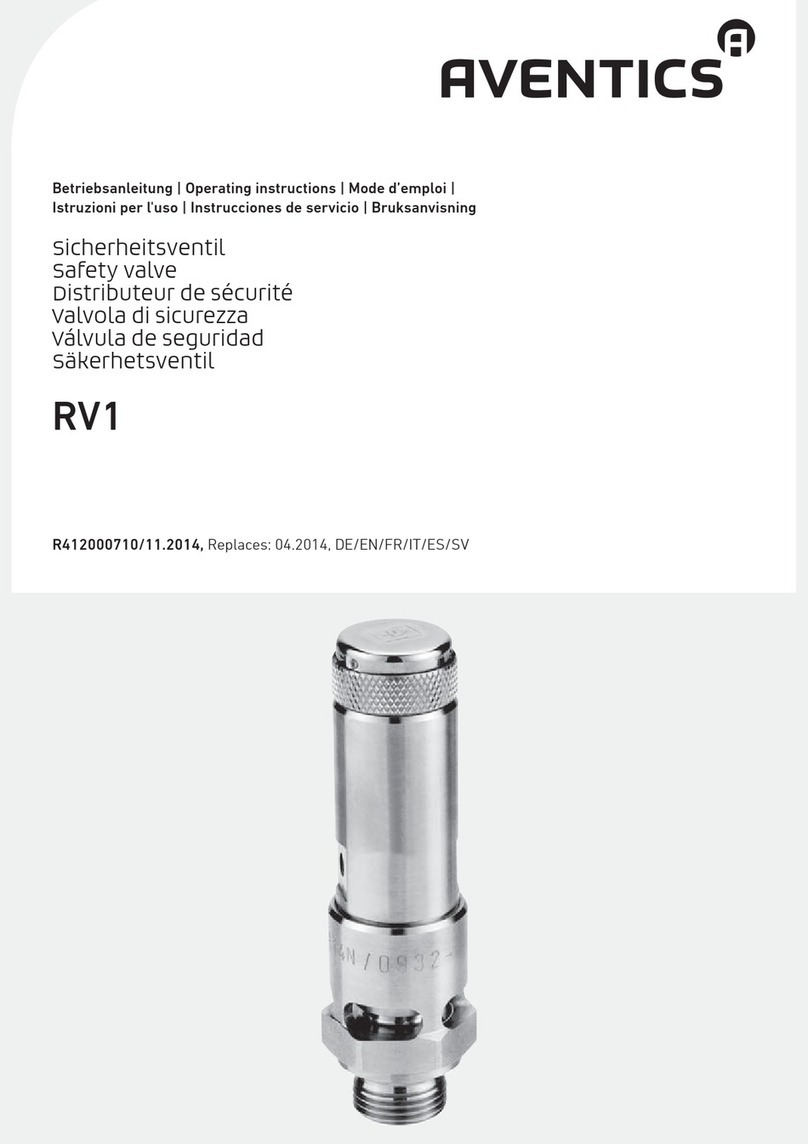DAQP-STG
Gain: 0.5 to 10 000
Voltage Input ranges:
Sensitivity @ 5 VDC excitation:
±0.5 , ±1, ±2.5, ±5, ±10, ±25, ±50, ±100, ±250, ±500 mV, ±1 V, ±2V, ±5 V,±10 V
±0.1 , ±0.2, ±0.5, ±1, ±2, ±5, ±10, ±20, ±50, ±100, ±200, ±400, ±1000 mV/V
Resistance: 25 mOhm to 100 kOhm
Input impedance: >100 MOhm (power off: 50 kOhm)
Input noise: 3.5 nV * √Hz
Voltage Input Accuracy:
Gain drift:
Offset drift:
linearity:
±0.05 % of reading ± 0.02 % of range ±10 µV
typical 10 ppm/°K max. 20 ppm/°K
typical 0.3 µV/°K + 10 ppm of range, max 2 µV/°K + 20 ppm of range
typical 0.02 %
Excitation voltage:
Accuracy:
Drift:
Current limit
Protection:
0, 0.25, 0.5, 1, 2.5, 5,10 and 12 VDC software programmable (16 Bit DAC)
±0.03 % ±1 mV
±10 ppm/K ±50 µV/K
100 mA
Continuous short to ground
Excitation current:
Accuracy:
Drift:
Compliance voltage:
Output impedance:
0.1, 0.2, 0.5, 1, 2, 5, 10 and 20mA software programmable (16 Bit DAC)
0.05% ±2µA
15ppm/°K
12V
>1 MOhm
Supported Sensors: 4- or 6-wire full bridge
3- or 5-wire ½ bridge with internal completion (software programmable)
3- or 4-wire ¼ bridge with internal resistor for 120 and 350 Ohm (software programmable)1)
4-wire full bridge with constant current excitation (piezoresistive bridge sensors)
Potentiometric
Resistance
Resistance Temperature Detection: PT100 PT200 PT500 PT1000
Bridge resistance: 80 Ohm to 10 kOhm @ ≤ 5 VDC excitation
Shunt calibration: Two internal shunt resistors 59.88 kOhm and 175 kOhm
Shunt and completion resistor accuracy: 0.05% ±15ppm/°K
Automatic bridge balance: Input range 500µV to 1V: ±200 % of Range
2.5V to 5V : ±40% of Range
Bandwidth (-3dB): 300 kHz
Filters (low pass): 10 Hz, 30 Hz, 100 Hz, 300 Hz, 1 kHz, 3 kHz, 10 kHz, 30 kHz, 100 kHz (±1.5 dB @ f0)
Filter characteristics:
10Hz to 100Hz: Butterworth or Bessel 40 dB/dec ( 2nd order)
300kHz: Bessel 60 dB/dec (3rd order)
Typical SNR @ 100 kHz [1 kHz]
and 5 VDC excitation:
66 dB [84 dB] @ 1 mV/V
82 dB [100 dB] @ 50 mV/V
Typical CMRR @ 0.1 mV/V [1 mV/V]
and 5 VDC excitation:
160 dB [160 dB] @ DC
115 dB [110 dB] @ 400 Hz
110 dB [105 dB] @ 1 kHz
Isolation ±350 VDC continuous (for input, excitation and TEDS interface)
Common mode Voltage ±350 VDC input to housing
Over voltage protection: ±50 VDC input (+) to input (-)
Output voltage: ±5 V
Output resistance: < 1 Ohm
Output current: Max. 5 mA; short to ground protected for 10 seconds
RS-485 interface: Yes
Supported TEDS chips DS2406, DS2430A, DS2431, DS2432, DS2433
MSI support: MSI-BR-TH-x, MSI-BR-ACC, MSI-BR-V-200 ,MSI-BR-CH-50
Power supply voltage: ±9 VDC (±1 %)
Power consumption: Typ. 1.7 W @ 350 Ohm, 2.15 W @ 120 Ohm (both full bridge @ 5 VDC excitation)
Absolute max.: 3 W (maximum excitation @ maximum current)
